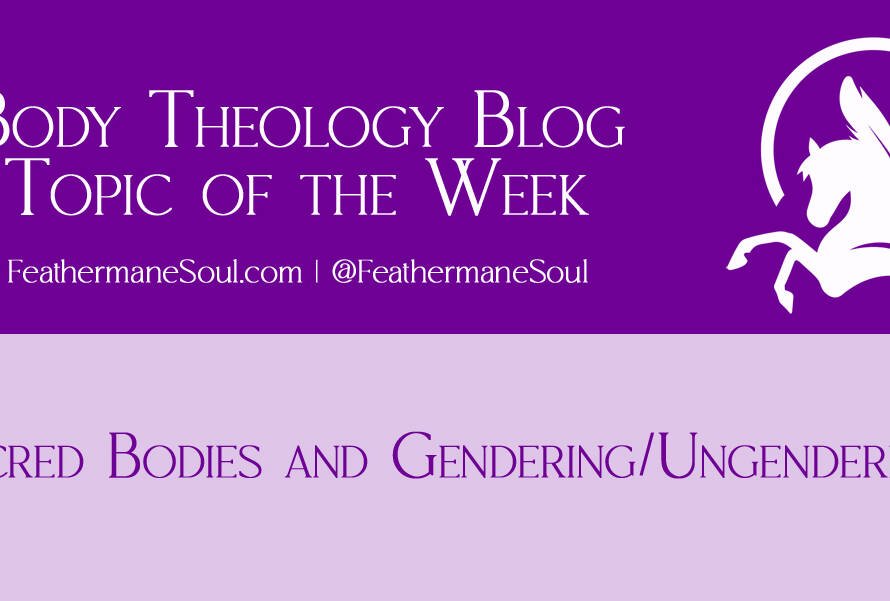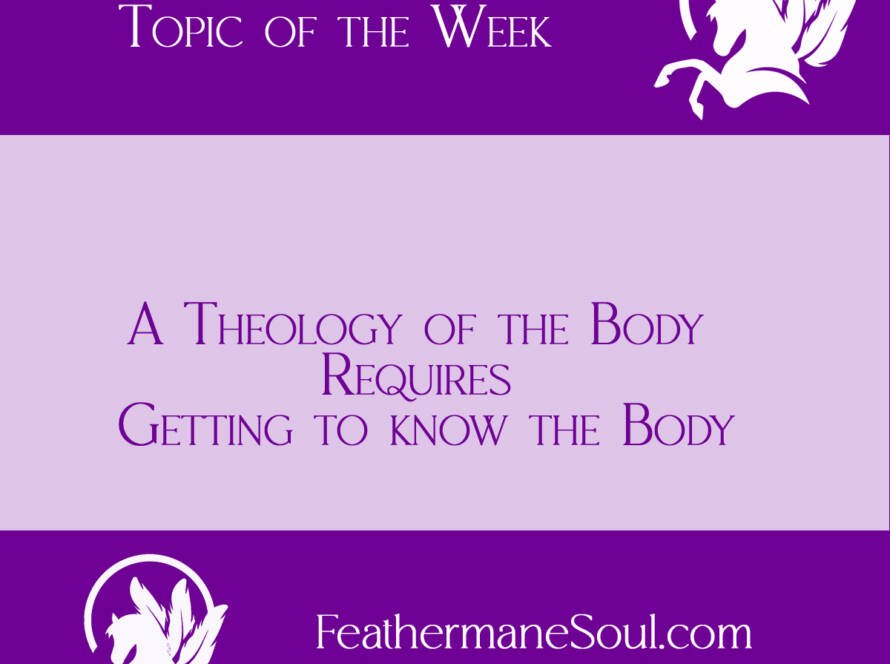As embodied beings we need a few things to survive. Food and water are the two that come to mind, and shelter ranks high on the list. But we also need to take care of our physical body, and part of that involves being aware of it. You might be wondering just how we can exist without being aware of the body we’re existing in, but I think for many of us, especially if we’re neurodivergent, we go through our days not paying too much attention to our physical needs. It’s not uncommon, as an example, for my spouse and I to get involved in whatever we’re doing, only to realize we forgot to eat lunch. “Oh that’s why I’m hungry,” is a frequent phrase heard around our house.
As someone who lives with severe anxiety, the other aspect of ignoring my body is that I get caught up in the thoughts running through my mind, in all the worry and the anxiety and the “what if”s. It’s only when I stop, ground myself, and use the tools that I’ve learned and now teach, that I can drain the anxiety by moving it through and out of the body.
Before I go any further, I want to address the phrase “moving the body”. Too many people believe this involves exercise the way that our western society commonly thinks of it. Walking. Running. Weight lifting. Hot Yoga. I enjoy my walks around the property, so I don’t want to dismiss this type of exercise, but in this case, focusing on embodied beings moving our bodies, I want to take the ableism away from “exercise” and simply say that however moving the body looks to you, that’s your body and you’re moving it.
Yoga is a great example for this. Too many people think of pretzel poses as “yoga”, when in actuality sitting in easy pose (cross-legged) or laying down in shavasana (corpse pose) is also yoga. Focusing on the body also happens during a reiki or energy treatment, and even focusing on your breath, on the way your chest and abdomen fill with air and then soften as its expelled is focusing on the body.
What does moving the body do?
Modern mental health practitioners are just now coming to realize that emotions, feelings, and memories get stuck in various parts of our bodies. Our chest tightens and it might physically hurt us when we are sad or are dealing with emotional distress. Yoga philosophy teaches us that there are energy channels within the body called nadis and they move the energy through the chakras which circulate it through out all of our bodies, both the physical and mental, but also the energetic bodies. There are five layers starting with our physical body, moving to the emotional, and then to the various layers of energetic bodies. Though we can only see our physical bodies, the interaction of all of these constitutes our embodied experience.
Think of the body like a river. Energy moves through it, just as water currents flow gently through a river. If energy gets stuck, such as if we get stuck in our head, it’s as if someone threw a bunch of boulders into the river and stopped it up. The water still might be able to move through the boulders, but not as fast as before and that’s going to cause issues downstream. In the American West, removing dams and restoring natural river flows is a common way of creating restoration in wild places that had been harmed by human activity. Removing energetic blockages and restoring natural flow helps to create restoration within our physical, emotional, and energetic bodies. We must treat each of these bodies if we wish to create a harmonic flow of energy through our systems, and moving the body is often a good way to treat all three areas–physical, mental, and emotional.
How do you move the body?
Honestly, the answer is in a way that feels good to you. It might be sitting at your desk and lifting your arms overhead. If you do yoga regularly, think of this as a seated upward salute (Urdhva Hastasana) where you reach your arms overhead, palms together, fingers pointing toward the ceiling (or sky if you are outdoors). I then like to spread my hands apart, turn my palms downward and push my arms down, bringing them back to my sides. As someone who spends a lot of time at the computer, this stretches my shoulders and upper back without making the rest of my back angry. If I then feel up to it, I’ll bend forward (careful in a desk chair with wheels!) and feel the stretch as I decompress my spine. This would be analogous to the forward fold (Uttanasana),
I’ve been known to do a bit of yoga or even general leg stretches while watering the livestock. While the troughs are filling, I’ll use the fence and sometimes do push-ups since having the higher angle is often easier. There is no schedule, and all of this depends on how my body feels and how hot it is outside.
If you spend a lot of time resting, you might want to start by wiggling your toes or fingers. Or even a single finger or toe. Be mindful as you tap on your phone or tablet. Although I’m an advocate for yoga, especially adaptive and restorative yoga, I’m also aware that we’re all different and part of that difference is how and when our bodies can move.
There is no mind-body separation
A fallacy that’s been foisted upon us since the Enlightenment is that our mind and body are different. It’s also probably why in America, health insurance doesn’t include teeth or eyes. Those things are in the head (aka “the mind part”) and not “the body”. When you think of it that way, it sounds kind of silly, doesn’t it?
Asking you to move your body to remember that you are embodied isn’t to perpetrate this difference. No, it’s simply to keep the flow of energy open, to allow those emotions to move as they need to through and eventually out of the body. It’s because we can’t forget the mind or the body. It’s all part of being embodied.


